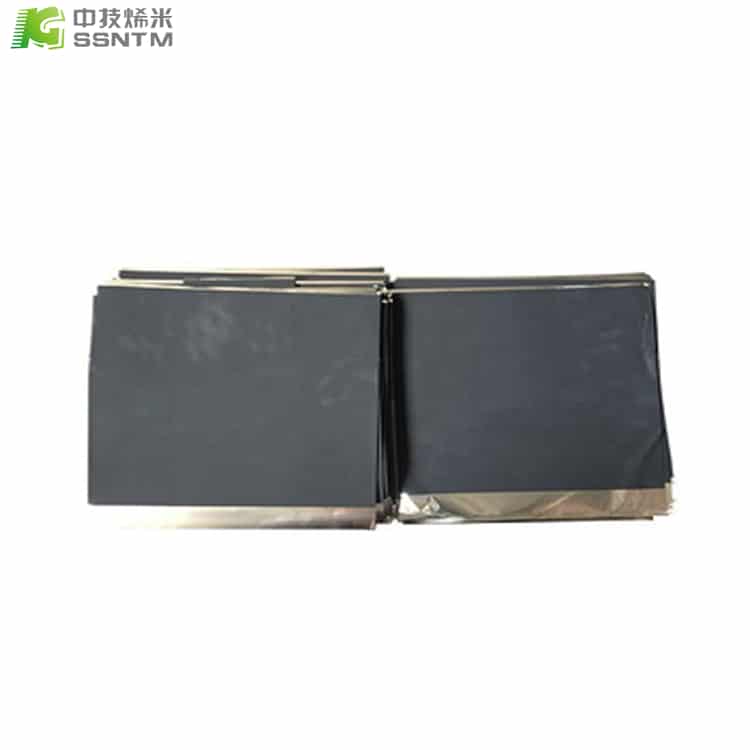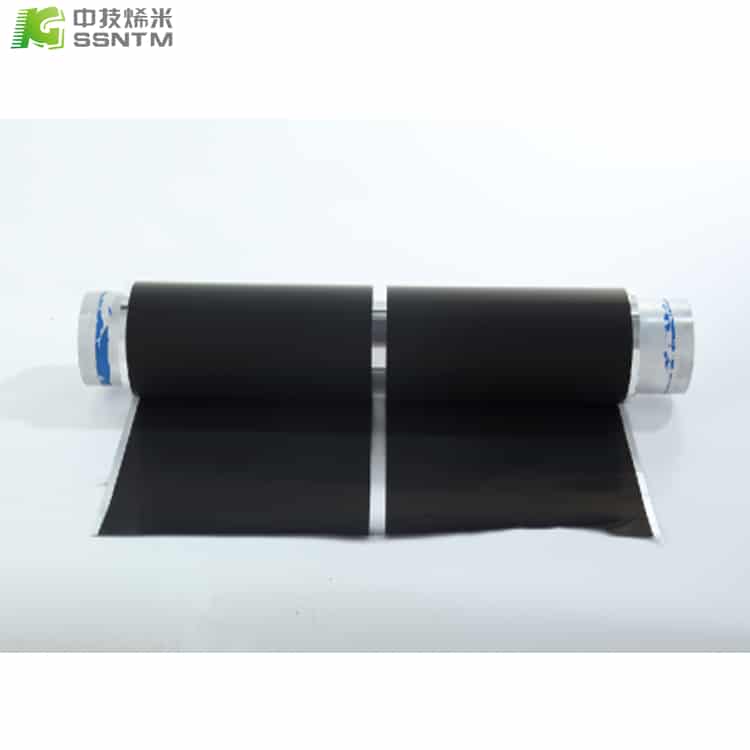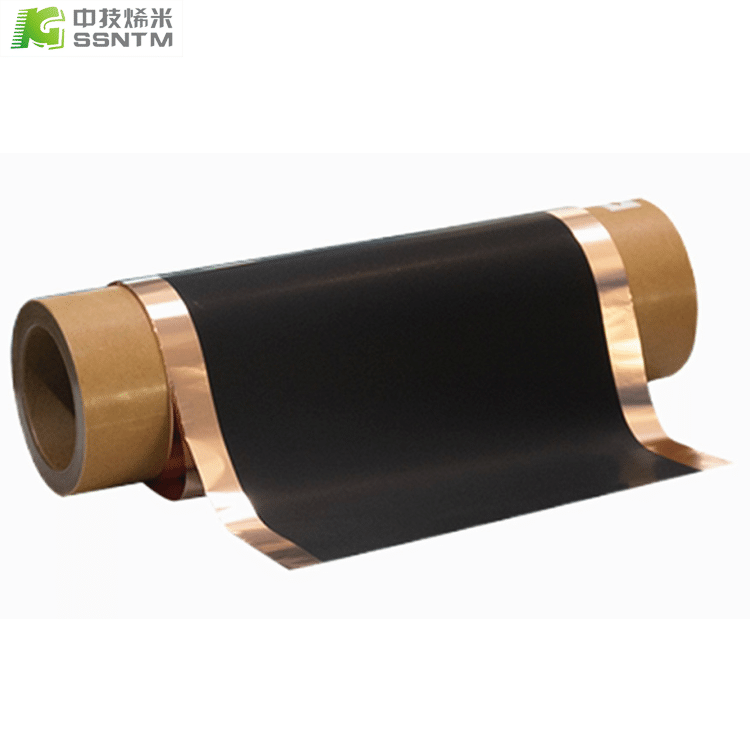The latest 8 cutting-edge technologies in the lithium battery industry
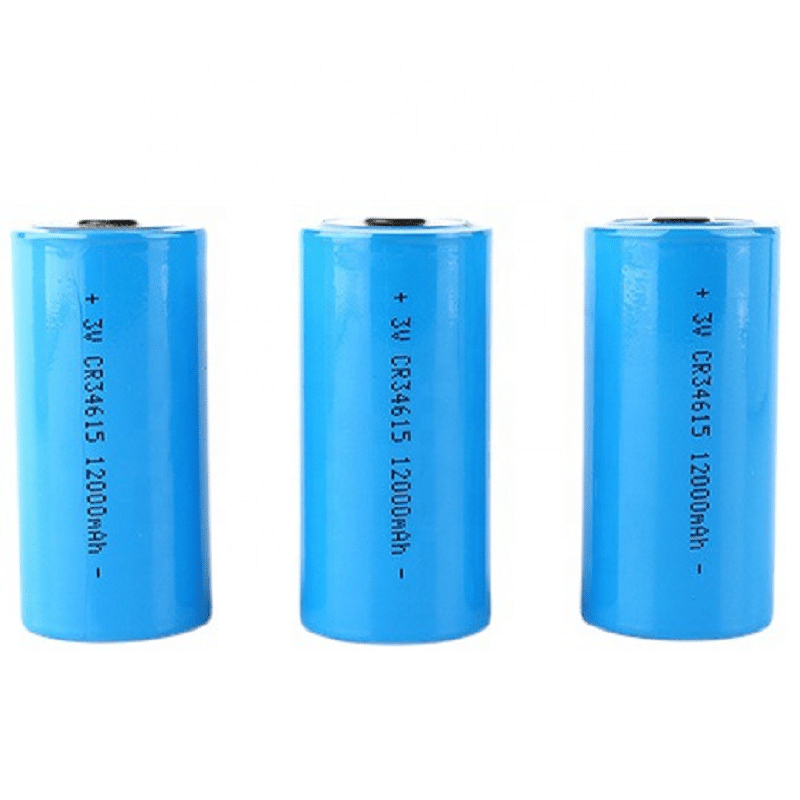
With the continuous progress of electronic technology, many electronic devices can be carried around, making it convenient for people’s lives and also making the use of batteries more widespread. Among numerous batteries, lithium-ion batteries are the most widely used because they are reusable secondary batteries and cause much less environmental pollution in production, use, and disposal compared to other batteries. Although lithium-ion batteries have unparalleled advantages compared to other batteries, they still perform poorly in the current trend of electronic devices becoming increasingly powerful and compact in size. Therefore, developing new lithium-ion batteries with higher energy density has become the most urgent task in the lithium battery industry. Below is an article to understand the latest 8 development trends in the lithium battery industry.
1. All solid-state lithium-ion batteries
The current commercial electrolyte for lithium-ion batteries is liquid, hence it is also known as liquid lithium-ion batteries. Simply put, an all solid-state lithium-ion battery refers to a battery structure where all components exist in a solid state, replacing the liquid electrolyte and separator of traditional lithium-ion batteries with a solid electrolyte.
Compared with liquid lithium-ion batteries, all solid-state electrolytes have the following advantages: high safety/excellent thermal stability, and can work normally for a long time at 60-120 ℃; Wide electrochemical window, capable of reaching over 5V, suitable for matching high voltage materials; Conducting only lithium ions but not electrons; The cooling system is simple and has high energy density; It can be applied in the field of ultra-thin flexible batteries. But the drawbacks are also obvious: the ion conductivity per unit area is low, and the specific power is poor at room temperature; The cost is extremely expensive; It is difficult to industrialize the production of large capacity batteries.
The performance of electrolyte materials largely determines the power density, cycle stability, safety performance, high and low temperature performance, and service life of all solid-state lithium-ion batteries. Solid electrolytes can be divided into two categories: polymer electrolytes (usually based on a mixture of PEO and lithium salts such as LiTFSI) and inorganic electrolytes (such as oxides and sulfides). All Solid-state battery technology is recognized as an innovative battery technology that will be developed in the next generation. It is believed that the technology will become more and more mature in the near future, and these problems can be solved easily.
2. High energy density ternary material batteries
With the pursuit of battery energy density, ternary cathode materials are receiving increasing attention. Ternary cathode materials have the advantages of high specific capacity, good cycling performance, and low cost, generally referring to layered nickel cobalt manganese lithium materials. By increasing the battery voltage and the nickel element content in the material, the energy density of the ternary positive electrode material can be effectively improved.
Theoretically, ternary materials have the advantage of high voltage: the standard test voltage of Half-cell of ternary positive materials is 4.35V, under which ordinary ternary materials can show good cycle performance; By increasing the charging voltage to 4.5V, the capacity of symmetrical materials (333 and 442) can reach 190, and the cycling performance is also good, while the cycling performance of 532 is relatively poor; When charged to 4.6V, the cycling of the ternary material begins to decrease, and the phenomenon of bloating becomes more severe. The current limiting factor for the practicality of high-voltage ternary cathode materials is the difficulty in finding a suitable high-voltage electrolyte.
Another way to improve the energy density of ternary materials is to increase the content of nickel element in the materials. Generally speaking, the ternary cathode materials with high nickel mean that the Mole fraction of nickel in the materials is greater than 0.6. Such ternary materials have the characteristics of high specific capacity and low cost, but their capacity retention rate is low and their thermal stability is poor. By improving the preparation process, the performance of this material can be effectively improved. The micro/nano size and morphology have a significant impact on the performance of high nickel ternary cathode materials. Therefore, the current preparation methods mostly focus on uniform dispersion to obtain small spherical particles with large specific surface area.
Among numerous preparation methods, the combination of co precipitation method and high-temperature solid-phase method is the mainstream method. Firstly, the co precipitation method is used to obtain a precursor with uniformly mixed raw materials and uniform material particle size. Then, a ternary material with regular surface morphology and easy process control is obtained through high-temperature calcination, which is also the main method currently used in industrial production. The process of spray drying is simpler than that of coprecipitation, the preparation speed is faster, and the morphology of the obtained materials is no less than that of coprecipitation, which has the potential for further research. The drawbacks of high nickel ternary cathode materials, such as cation mixing and phase transition during charge discharge, can be effectively improved through doping and coating modification. While suppressing the occurrence of side reactions and stabilizing the structure, improving conductivity, cycling performance, rate performance, storage performance, and high-temperature and high-pressure performance will still be a research hotspot.
3. High capacity silicon carbon negative electrode
As an important component of lithium-ion batteries, negative electrode materials directly affect key indicators such as energy density, cycle life, and safety performance of the battery. Silicon is currently known to have the highest specific capacity (4200mAh/g) as the negative electrode material for lithium-ion batteries. However, due to its volume effect exceeding 300%, the silicon electrode material will pulverize and peel off from the collector during the charging and discharging process, resulting in the loss of electrical contact between the active substance and the active substance, as well as between the active substance and the collector. At the same time, new solid-phase electrolyte layers SEI are constantly formed, ultimately leading to the deterioration of electrochemical performance. In order to solve this problem, researchers have conducted a lot of exploration and attempts, among which silicon carbon composite materials are very promising materials.
Carbon material, as a negative electrode material for lithium-ion batteries, has a small volume change during charging and discharging, good cycling stability and excellent conductivity, and is often used to composite with silicon. Among carbon silicon composite anode materials, carbon materials can be divided into two categories according to their types: silicon and traditional carbon materials, and silicon and new carbon materials. The traditional carbon materials mainly include graphite, mesophase microspheres, carbon black and Amorphous carbon; New carbon materials mainly include carbon nanotubes, carbon nanowires, carbon gel and Graphene. Adopting silicon carbon composite, utilizing the porous effect of carbon materials, the volume expansion of silicon active centers is constrained and buffered, preventing particle aggregation and electrolyte infiltration towards the center, and maintaining the stability of the interface and SEI membrane.
Many companies around the world have begun to focus on this new type of negative electrode material. For example, Shenzhen Beiterui and Jiangxi Zichen have taken the lead in launching multiple silicon carbon negative electrode material products. Shanghai Shanshan is in the process of industrialization of silicon carbon negative electrode materials, and Xingcheng Graphite has identified silicon carbon new negative electrode materials as the future product research and development direction.
4. High voltage and high capacity lithium rich materials
Lithium rich manganese based materials (xLi [Li1/3-Mn2/3] O2; (1-x) LiMO2, M is a transition metal 0 ≤ x ≤ 1, similar in structure to LiCoO2) have a high discharge specific capacity, which is about twice the actual capacity of current cathode materials, and are therefore widely studied and used as lithium battery materials. In addition, due to the large amount of Mn element in the material, it is more environmentally friendly, safe, and cost-effective compared to LiCoO2 and the ternary material Li [Ni1/3Mn1/3Co1/3] O2. Therefore, xLi [Li1/3-Mn2/3] O2; (1-x) LiMO2 material is regarded by many scholars as the ideal choice for the cathode material of the next generation lithium-ion batteries.
At present, co precipitation method is mainly used to prepare lithium rich manganese based materials. Some researchers also use sol-gel method, solid-state method, combustion method, and hydrothermal method to prepare, but the obtained material properties are not as stable as co precipitation method. Although this material has a high specific capacity, there are still several problems in its practical application: the irreversible capacity of the first cycle is as high as 40-100mAh/g; Poor rate performance, 1C capacity below 200mAh/g; High charging voltage causes electrolyte decomposition, resulting in unsatisfactory cycling performance and safety issues during use. By using metal oxide coating, composite with other positive electrode materials, surface treatment, special structure construction, and low upper limit voltage pre charging and discharging treatment, the above problems of lithium rich manganese based materials can be effectively solved.
In 2013, Ningbo Institute of Materials developed a novel gas-solid interface modification technology to form uniform oxygen vacancies on the surface of lithium rich manganese based cathode material particles, which greatly improved the first charge discharge efficiency, discharge specific capacity and cycle stability of the material, and effectively promoted the practical process of lithium rich manganese based cathode materials.
5. High voltage withstand electrolyte
Although high-voltage lithium battery materials are receiving increasing attention, they still cannot achieve good results in practical production applications. The biggest limiting factor is that the electrochemical stability window of carbonate based electrolytes is low. When the battery voltage reaches around 4.5 (vs. Li/Li+), the electrolyte begins to undergo severe oxidative decomposition, leading to the inability of the battery’s lithium insertion and removal reaction to proceed normally. Developing an electrolyte system that can withstand high voltage has become an important link in promoting the practicality of this new material.
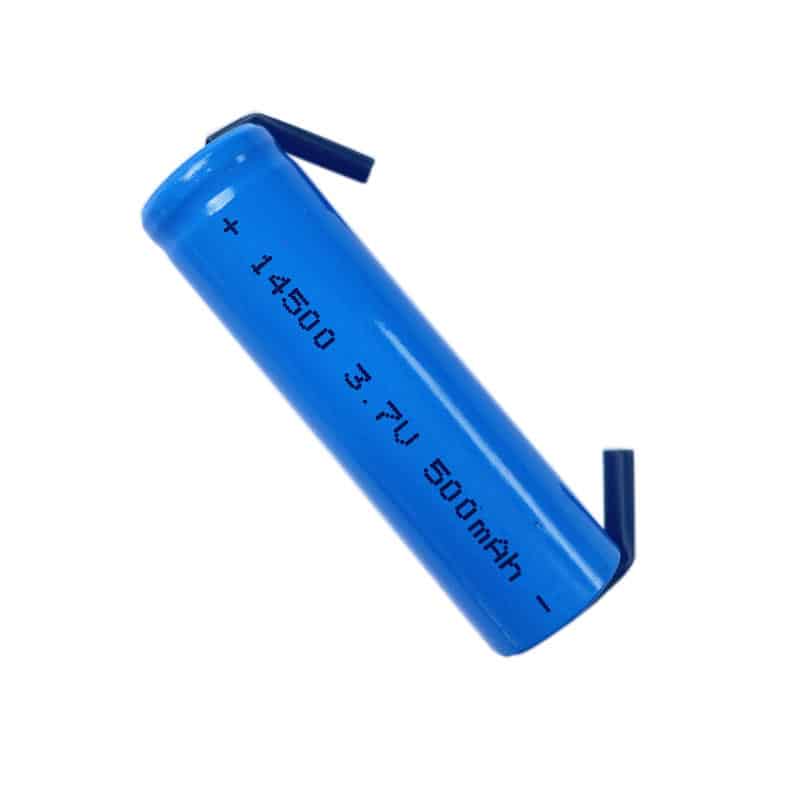
Improving the stability of the electrode/electrolyte interface through the development and application of new high-voltage electrolyte systems or high-pressure film-forming additives is an effective way to develop high-voltage electrolytes, which are often more favored from an economic perspective. This type of additive that enhances the voltage tolerance of electrolytes generally includes boron containing, organic phosphorus containing, carbonate containing, sulfur containing, ionic liquids, and other types of additives. Boron containing additives include tri (trimethyl alkyl) borate enzyme, Lithium borate bisoxalate, Lithium borate bifluoroxalate, tetramethyl borate, Trimethyl borate and trimethyl cyclotriborate. Organic phosphorus additives include Phosphite ester and phosphate. Carbonate ester additives include fluorine based compounds. Sulfur-containing additives include 1,3-propanesulfonic acid lactone, dimethyl sulfonylmethane, trifluoromethyl phenyl sulfide, etc. Ionic liquid additives include imidazole and quaternary phosphates.
From publicly reported domestic and international research, it can be seen that introducing high-voltage additives can make the electrolyte withstand voltages of 4.4-4.5V. However, when the charging voltage reaches 4.8V or even 5V, it is necessary to develop an electrolyte that can withstand higher voltages.
6. High temperature resistant diaphragm
The separator of lithium battery mainly plays the role of conducting lithium ion and isolating electronic contact between positive and negative electrodes in lithium ion battery, and is an important component to support the battery to complete the electrochemical process of charge and discharge. During the use of lithium battery, when the battery is overcharged or the temperature rises, the diaphragm needs to have sufficient thermal stability (thermal deformation temperature>200 ℃) to effectively isolate the contact between the positive and negative electrodes of the battery and prevent accidents such as short circuit, Thermal runaway and even explosion. The widely used polyolefin separator has a low melting point and softening temperature (<165 ℃), making it difficult to effectively ensure the safety of the battery. However, its low porosity and low surface energy limit the performance of the battery. Therefore, it is very important to vigorously develop high-temperature resistant diaphragms with high safety.
The Power Lithium Battery Engineering Laboratory of Ningbo Institute of Materials and Materials and the Energy storage Research Department of Dalian Institute of Chemical Physics have jointly developed a new type of high-temperature resistant porous membrane using the one-step wet process molding technology. This porous membrane has low preparation cost and is easy to quantify production. The preliminary research results indicate that the thermal deformation temperature of the separator is much higher than 200 ℃, which is equivalent to the thermal stability of commercial non-woven fabric separators and can effectively ensure battery safety. At the same time, the porous membrane has a pore structure with high porosity and high curvature, which can effectively avoid the micro short circuit and self discharge of the battery while ensuring the full play of the battery capacity. In addition, Ningbo Institute of Materials has also developed heat-resistant composite membranes with ultra-thin ion exchangeable functional layers, gel composite membranes based on three-dimensional heat-resistant frameworks and ceramic membranes.
In addition to Ningbo Materials Institute, in 2015, Mitsubishi resin was coated with high heat resistant inorganic fillers on the diaphragm, which maintained an appropriate resistance value at a temperature of 220 ℃ and blocked the passage of current.
7. Lithium sulfur battery
Lithium sulfur battery is a type of lithium battery that uses sulfur as the positive electrode and metallic lithium as the negative electrode. The biggest difference from general lithium-ion batteries is that the reaction mechanism of lithium-sulfur batteries is electrochemical reaction, rather than lithium-ion de intercalation. The working principle of lithium sulfur batteries is based on complex electrochemical reactions. So far, there has been no breakthrough characterization of the intermediate products formed during the charging and discharging process of sulfur electrodes. It is generally believed that during discharge, the negative electrode reacts with lithium, losing electrons and becoming lithium ions. The positive electrode reacts with sulfur, lithium ions, and electrons to form sulfides. The potential difference between the positive and negative electrode reactions is the discharge voltage provided by the lithium-sulfur battery. Under the action of external voltage, the positive and negative reactions of lithium-sulfur batteries reverse, which is the charging process.
The biggest advantage of lithium-sulfur batteries lies in their high theoretical specific capacity (1672mAh/g) and specific energy (2600Wh/kg), which are far higher than other types of lithium-ion batteries widely used in the market. Moreover, due to the abundant reserves of elemental sulfur, this type of battery is cheap and environmentally friendly. However, lithium sulfur batteries also have some drawbacks: poor electronic and ionic conductivity of elemental sulfur; The intermediate discharge products of lithium-sulfur batteries will dissolve into organic electrolytes, and polysulfide ions can migrate between positive and negative electrodes, leading to the loss of active substances; The metal lithium negative electrode undergoes volume changes during charging and discharging, and is prone to form dendrites; The sulfur positive electrode exhibits a volume expansion/contraction of up to 79% during the charging and discharging process.
The main methods to solve the above problems generally start from two aspects: electrolyte and positive electrode materials. In terms of electrolyte, ether electrolyte is mainly used as the electrolyte of the battery, and some additives are added to the electrolyte, which can effectively alleviate the dissolution problem of lithium polysulfide compounds; In terms of positive electrode materials, the main approach is to composite sulfur with carbon materials or sulfur with organic compounds, which can solve the problems of non conductivity and volume expansion of sulfur.
Lithium sulfur battery is still in the stage of laboratory research and development, and the research of Chinese Academy of Sciences, Nanyang Technology, Stanford, Japan National Institute of Advanced Industrial Science and Technology and University of Tsukuba is in the leading position, while SionPower has carried out significant application trials in notebook and UAV fields.
8. Lithium air battery
Lithium–air battery is a new type of high-capacity lithium-ion battery, which is jointly developed by the National Institute of Advanced Industrial Science and Technology of Japan and the Japan Society for the Promotion of Science (JSPS). The battery uses lithium metal as the negative electrode, oxygen in the air as the positive electrode, and the two electrodes are separated by a solid electrolyte; The negative electrode uses organic electrolyte, while the positive electrode uses water-based electrolyte.
During discharge, the negative electrode is dissolved in organic electrolyte in the form of lithium ions, and then migrates through the solid electrolyte to the aqueous electrolyte of the positive electrode; The electrons are transmitted to the positive electrode through the wire, and the oxygen in the air and water react on the surface of the micro refined carbon to generate Hydroxide ion, which combines with lithium ions in the aqueous electrolyte of the positive electrode to generate water-soluble Lithium hydroxide. During charging, electrons are transmitted through wires to the negative electrode, and lithium ions pass through the solid electrolyte of the positive electrode to reach the surface of the negative electrode, where they react to generate metallic lithium; The Hydroxide ion radical of the positive electrode loses electrons and generates oxygen.
Lithium air batteries do not require charging by replacing the positive electrode electrolyte and negative electrode lithium, with a discharge capacity of up to 50000mAh/g and high energy density. Theoretically, 30kg of metal lithium releases the same energy as 40L of gasoline; The product Lithium hydroxide is easy to recover and environmentally friendly. However, its shortcomings include cycle stability, conversion efficiency, and rate performance.

